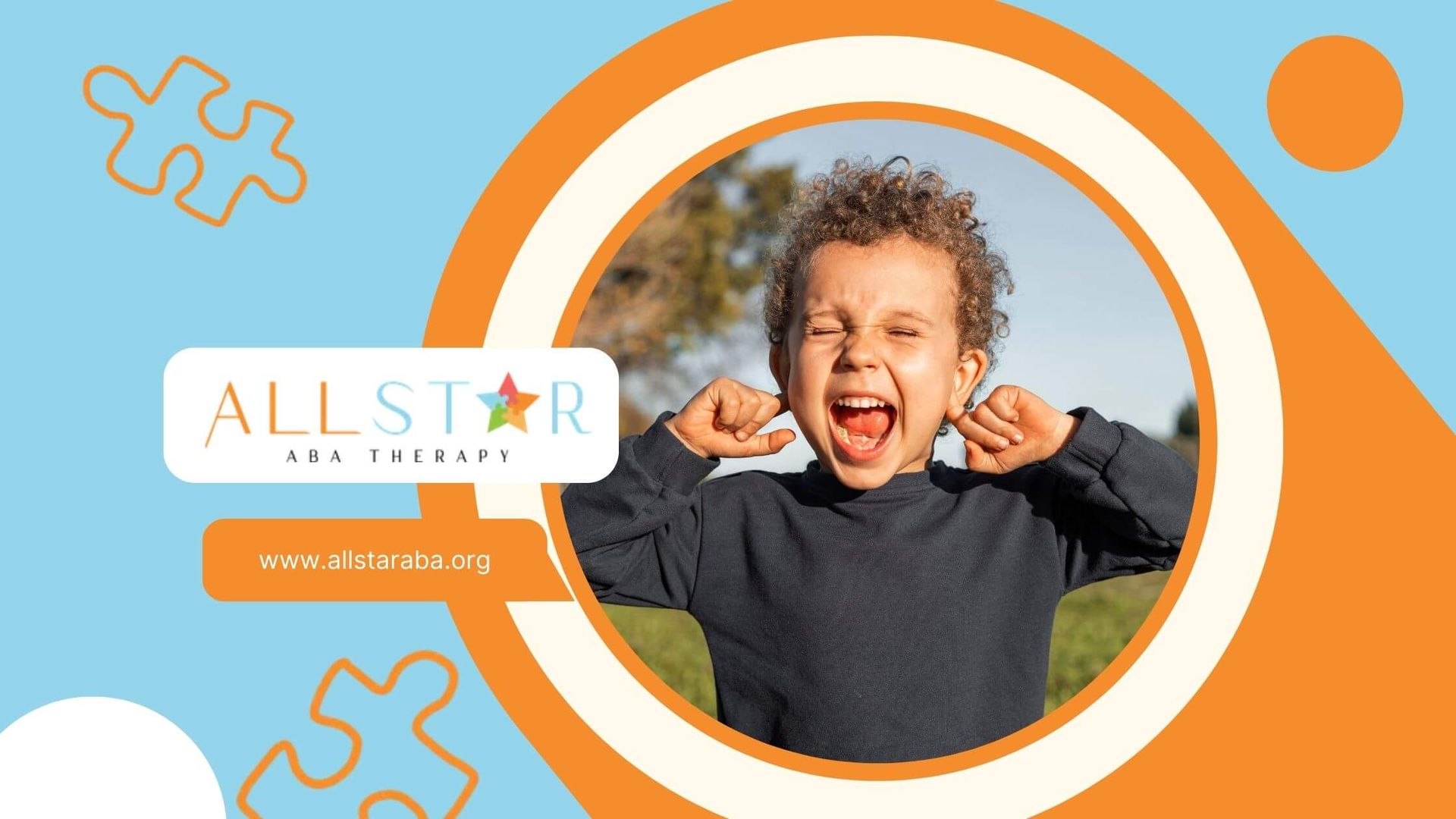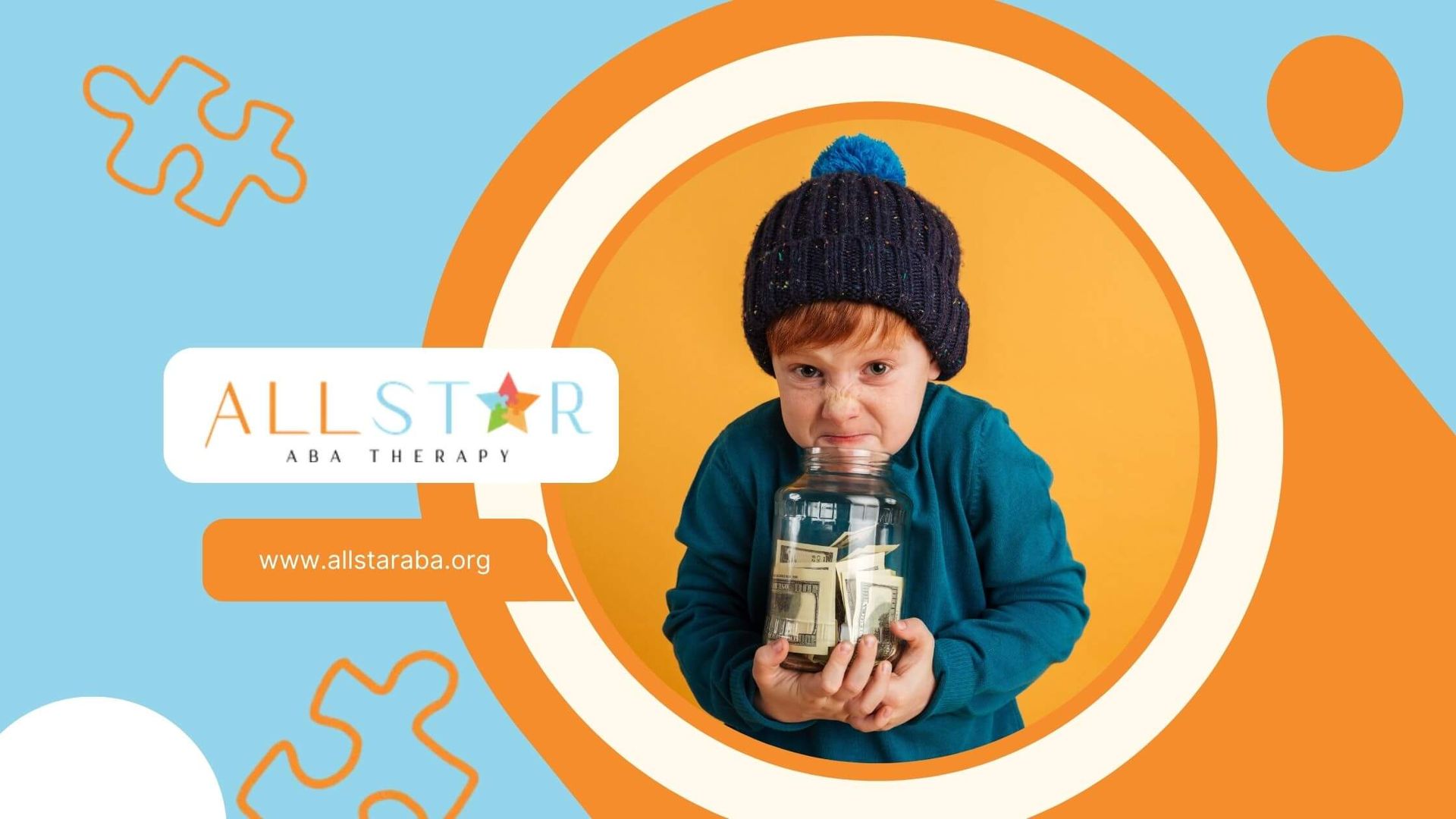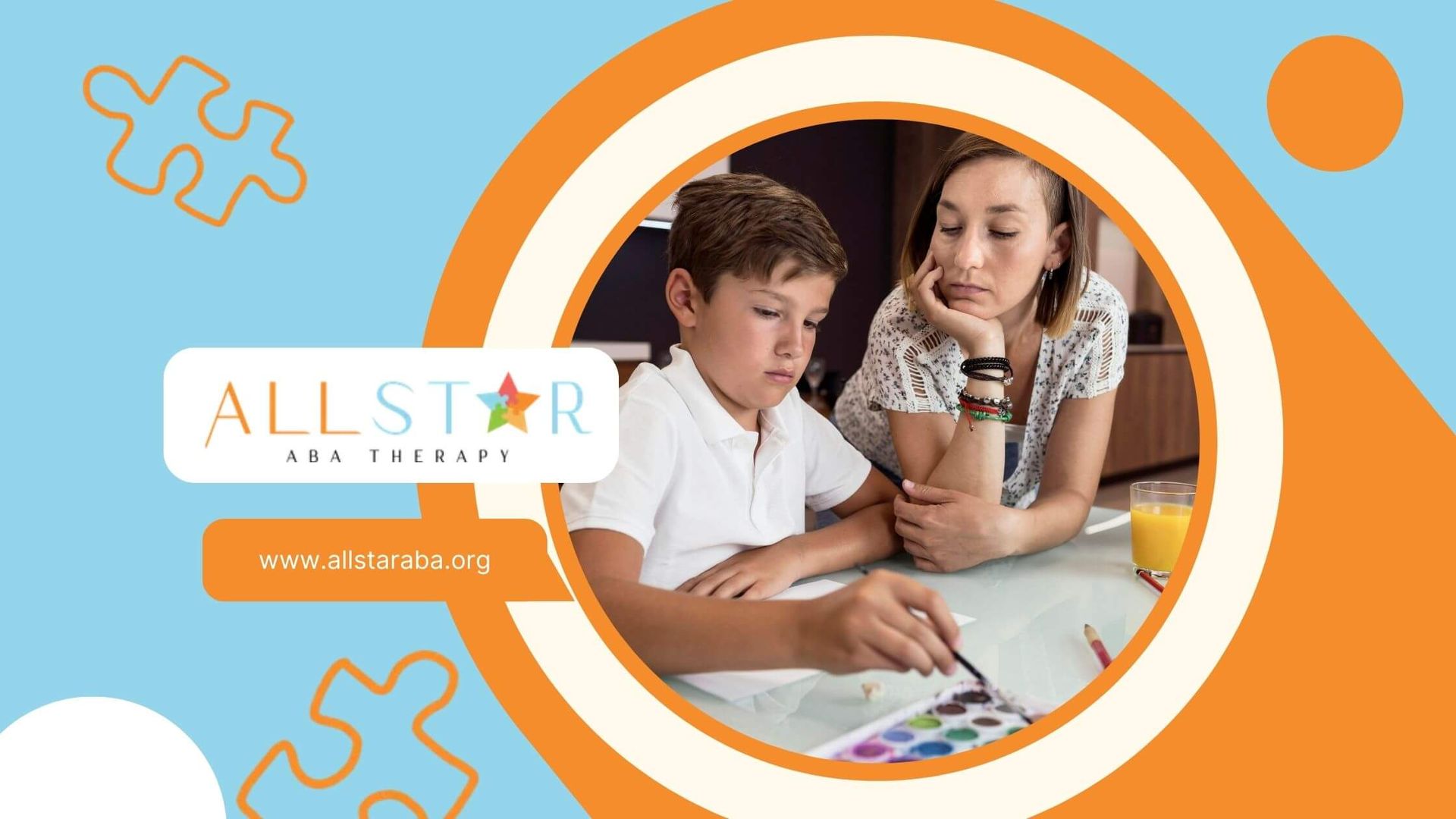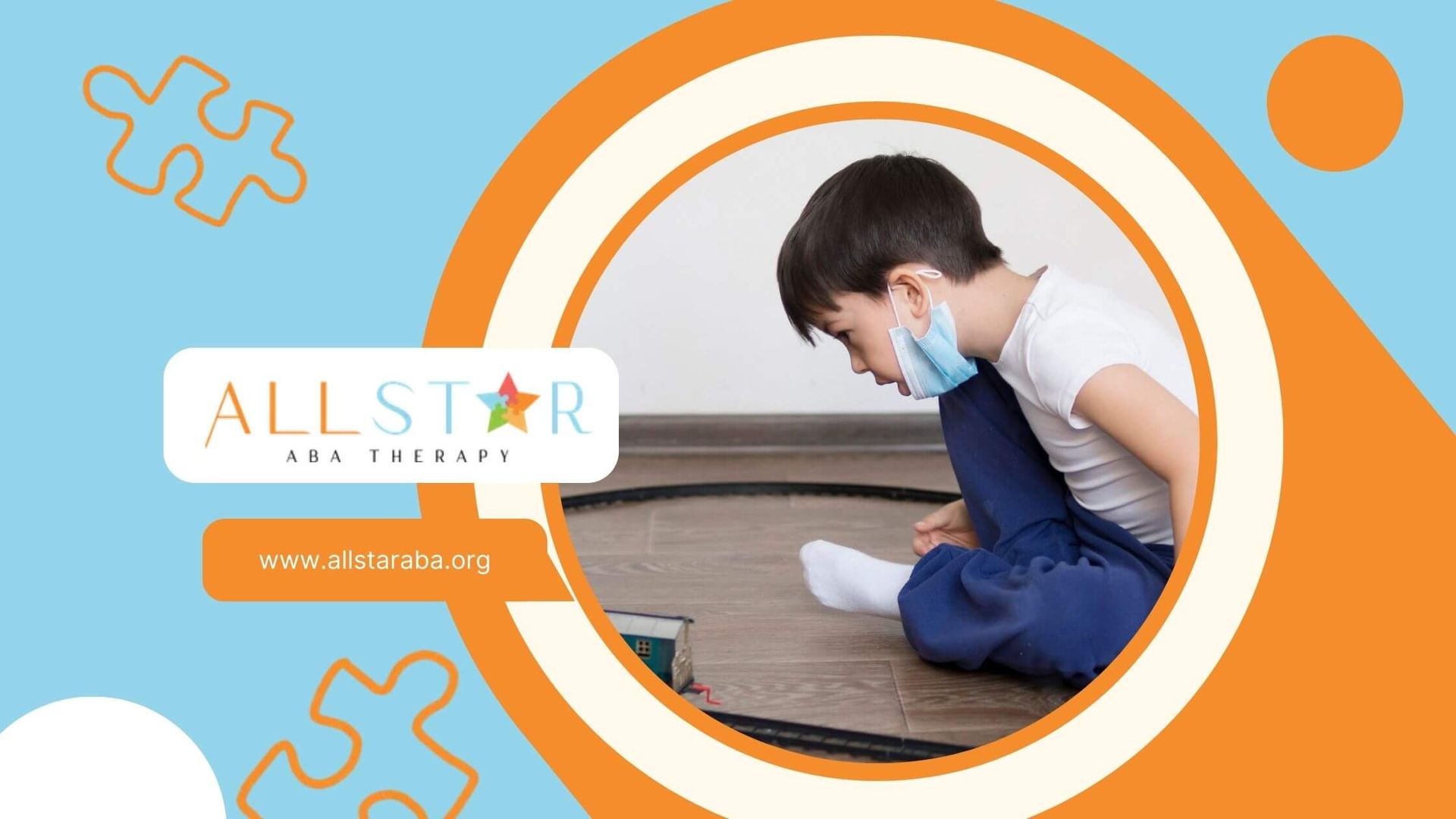New Paragraph
Do Autistic Kids Understand Punishment? Quick Facts
Autistic children can understand punishment, but their comprehension and response to it can differ from neurotypical kids. They often rely more on clear rules and outcomes, rather than social cues or intentions, to interpret punishment. Studies show autistic kids may actually be more likely to endorse punishment for rule-breaking, especially social norms, but understanding the why behind punishment can be harder for them.
How Autistic Kids Process Punishment
Research indicates autistic children tend to focus on concrete consequences and severity of actions when processing punishment. They may take punishments more literally due to challenges in social communication and emotional recognition. For example, an autistic child might struggle to connect punishment with intent behind the behavior, which is common in neurotypical development.
Effective Support Tips
Effective discipline for autistic kids involves clear expectations, consistent consequences, and personalized ABA strategies. Some autistic children may not respond to traditional punishments like time-outs if these feel rewarding or confusing. Tailoring discipline to reward desired behaviors over punishment is often recommended.
To explore tailored behavior support and learn more about how ABA therapy helps autistic children understand consequences, schedule a consultation with All Star ABA in Maryland today.
FAQ
Do autistic kids understand punishment like other kids?
They understand punishment but tend to focus more on clear rules and concrete outcomes than social context.
Why is punishment sometimes less effective for autistic children?
Because they may misinterpret or not connect it to the intent or social cues behind the behavior.
How can ABA therapy help with discipline in autistic kids?
ABA uses clear rewards and consequences tailored to each child’s needs to teach behavior effectively.
Need Support?
We're Here to Help!
Our experienced team is ready to assist you. Reach out today to discuss how we can support your child's development and well-being.
Get started with expert ABA therapy today.








